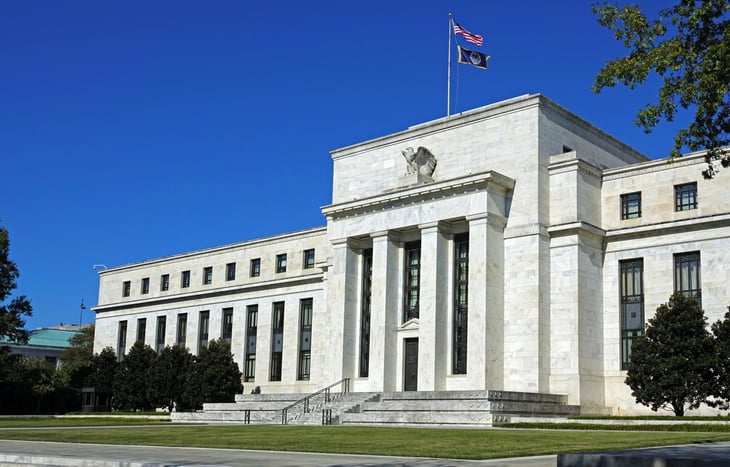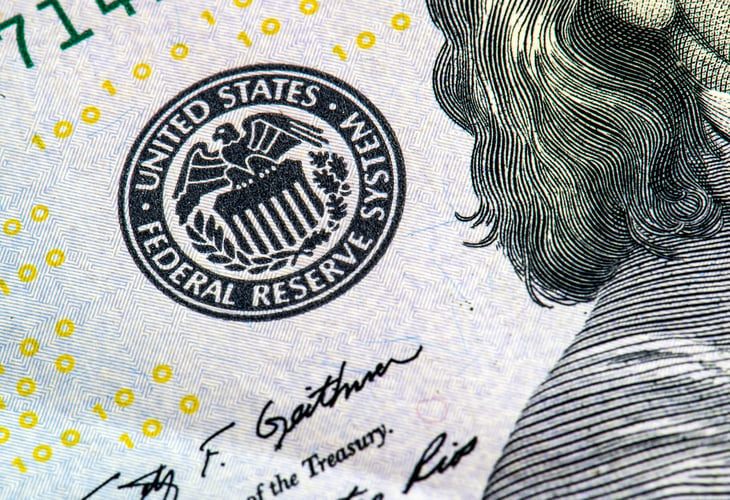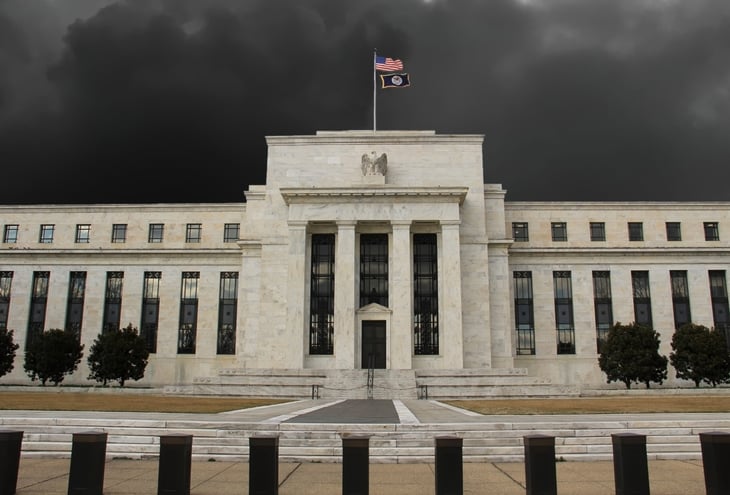
What is the Federal Reserve? You probably know the Fed is powerful. Its meetings are tracked carefully by investors and the news media. Its work can seem complex.
You get that it deals with money, loads of it. And numbers: tons and tons of data.
OK, impressive. But, otherwise, why should consumers care?
Because, although the Federal Reserve doesn’t directly set consumer interest rates, it has a powerful influence on them.
You don’t need to be an avid “Fed watcher” to pay attention to the Fed with an eye to protecting your finances.
Here we’ve laid out the nuts and bolts.
The Federal Reserve System

The Federal Reserve System — often referred to as “the Federal Reserve” or simply “the Fed” for short — is the United States’ central bank. It was created by federal law in 1913.
The Fed’s main jobs include:
- Setting monetary policy (more on that next)
- Keeping the country’s financial system stable
- Supervising banks and other financial institutions
The key components of the Federal Reserve System include:
- 12 districts. Each district has a reserve bank, which it operates independently of but under the supervision of the Federal Reserve Board of Governors. The largest district is the Federal Reserve Bank of San Francisco.
- The Federal Reserve Board of Governors. The seven members of this board are appointed by the president and confirmed by the Senate for 14-year terms. They guide the Federal Reserve System and oversee the 12 district banks. The Board of Governors is considered a federal agency and reports directly to Congress.
- The Federal Reserve Open Market Committee. Read on to learn more about the FOMC.
The Federal Open Market Committee (FOMC)

The FOMC is the component of the Fed that actually sets monetary policy. That’s the strategy for managing the availability and cost of money and credit.
The Fed’s policy goal is to promote a healthy economy by keeping prices stable and employment high. The big challenge: managing inflation.
One of the FOMC’s main tools for influencing the economy is its ability to change the target range for the federal funds rate. (More on that is up next.)
The FOMC generally meets eight times yearly to steer monetary policy — here’s the meetings calendar. It is at these meetings that committee members vote on changes to the target range for the federal funds rate, or opt not to change it.
The federal funds rate

The federal funds rate is the interest rate that banks and other financial institutions charge one another for short-term loans in order to maintain necessary balances.
Monetary policy is a delicate dance. The Fed watches key economic indicators. Taking these trends into account, the FOMC can influence the federal funds rate by changing the target range for it, essentially moving a goal post.
Lowering the target range can “loosen” lending, making it cheaper for banks, consumers and industry to borrow. That, in turn, makes more money, in the form of loans, available throughout the economy, which can pump economic growth.
Conversely, the Fed can raise the target range for the federal funds rate to “tighten” or contract lending, with the goal of slowing growth and inflation, as it has been doing since March 2022. There’s a potential downside to this: If the Fed raises rates too high and too quickly, demand may cool severely, risking a recession.
What it means for you

Much is at stake when the Federal Open Market Committee meets; its meetings are closely watched by the public and news media.
The federal funds rate influences most types of consumer interest rates to some degree.
It has the most direct influence on short-term rates, such as the rates that short-term Treasurys pay. But it also affects borrowing costs that are not fixed, such as the rates consumers pay on credit cards and home equity lines of credit (HELOCs), among other types of debt, as we detail in “6 Things That Are Getting More Expensive Amid Fed Rate Hikes.”
In short, the Fed’s decisions have the power to make our lives better or more difficult.
